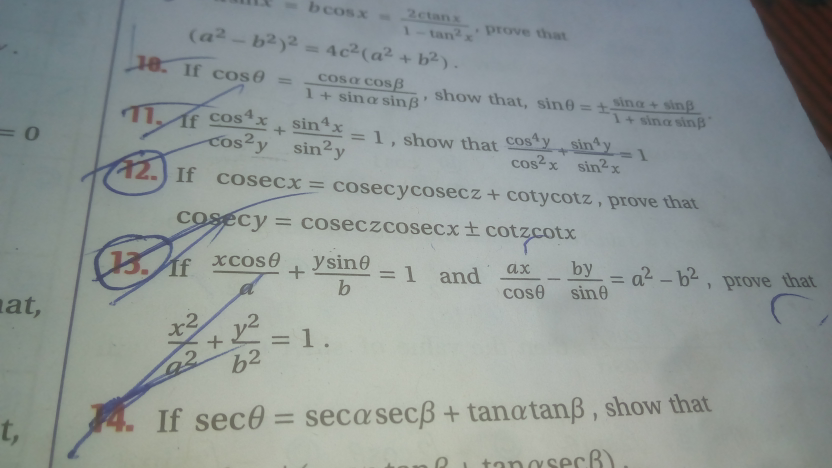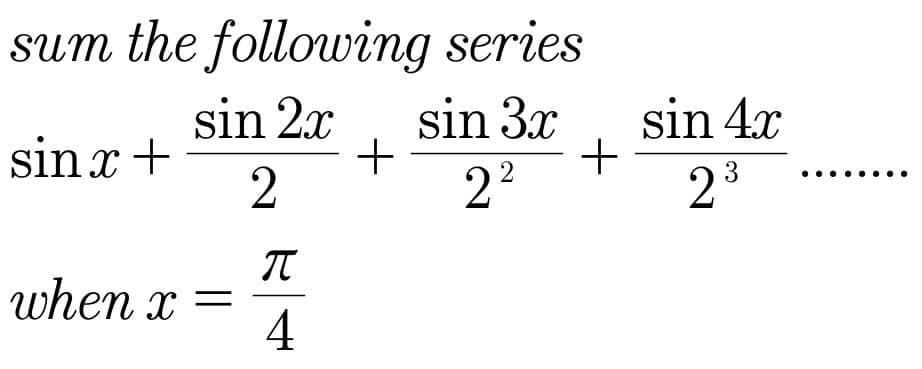
AllQuestion and Answers: Page 1486
Question Number 62591 Answers: 2 Comments: 1
Question Number 62585 Answers: 1 Comments: 0
Question Number 62583 Answers: 1 Comments: 0
Question Number 62577 Answers: 1 Comments: 1

Question Number 62576 Answers: 0 Comments: 0

Question Number 62571 Answers: 0 Comments: 6
Question Number 62570 Answers: 0 Comments: 1

Question Number 62556 Answers: 1 Comments: 2
Question Number 62554 Answers: 0 Comments: 0
Question Number 62542 Answers: 1 Comments: 1

Question Number 62539 Answers: 1 Comments: 0
Question Number 62538 Answers: 0 Comments: 0

Question Number 62587 Answers: 1 Comments: 1
Question Number 62534 Answers: 1 Comments: 0

Question Number 62519 Answers: 1 Comments: 0

Question Number 62523 Answers: 1 Comments: 0

Question Number 62517 Answers: 4 Comments: 2

Question Number 62494 Answers: 0 Comments: 0

Question Number 62489 Answers: 3 Comments: 0
Question Number 62486 Answers: 2 Comments: 1

Question Number 62468 Answers: 1 Comments: 1

Question Number 62462 Answers: 1 Comments: 0

Question Number 62609 Answers: 1 Comments: 0
Question Number 62456 Answers: 1 Comments: 1

Question Number 62455 Answers: 0 Comments: 3

Question Number 62611 Answers: 0 Comments: 2
Pg 1481 Pg 1482 Pg 1483 Pg 1484 Pg 1485 Pg 1486 Pg 1487 Pg 1488 Pg 1489 Pg 1490
